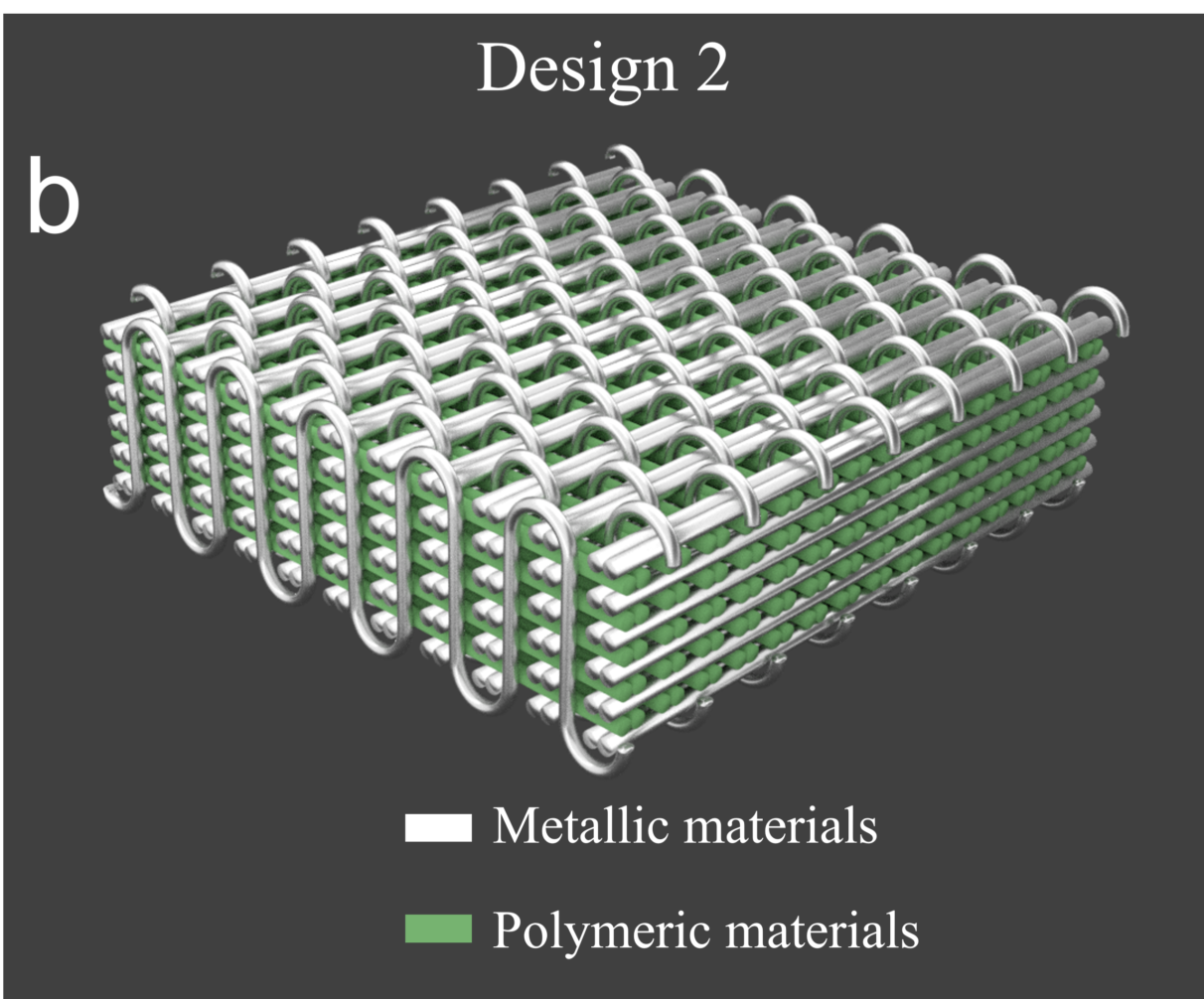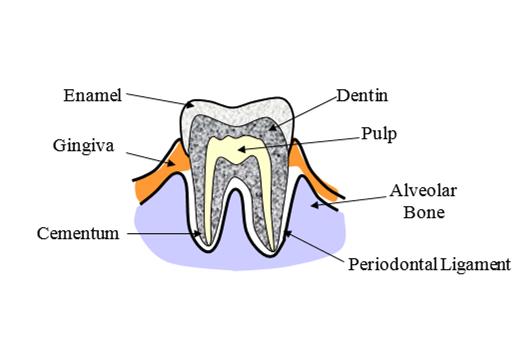Overview
This research area focuses on a range of topics that are explored in collaboration with other groups. Currently, we are studying biodegradable, magnesium-based composites for future use in bone fixation and bone scaffolding. Mg is an essential element for human metabolism, and its alloys possess elastic moduli and yield strengths closer to those of natural bone than common, inert metallic implants. More importantly, Mg can degrade in the human body in a safe and controlled manner, thereby reducing the need for second surgeries to remove implants. In this project, we study extruded Mg bars for use in bone fixation and 3D Mg weaves as potential bone scaffolds. The weaves are being coated with a biodegradable polymer to create stiffer scaffolds and to slow their degradation. We also seek to incorporate Mg oxide particles and antibiotics into our coatings and devices to prevent infections surrounding the implants in patients.


